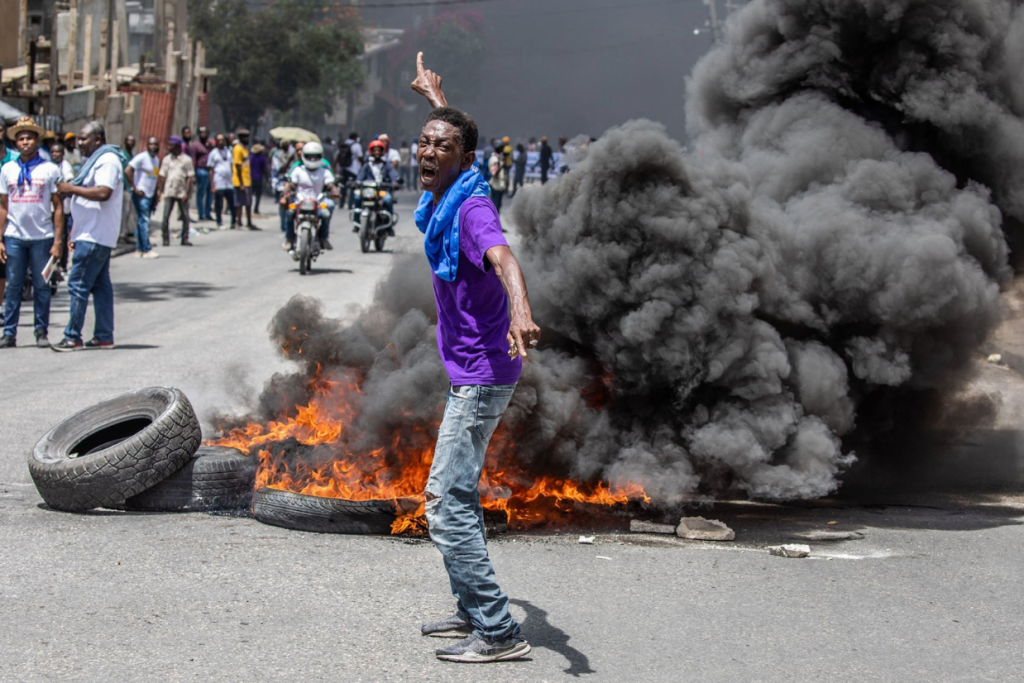A Product of the United States
By: James Foote
Haiti is no stranger to violence and instability. The country has hardly had a moment of peace over its long history. Controlled by France in the colonial era, Haitian slaves grew and harvested sugar and coffee for their white enslavers. In 1804, Haitian slaves led the first successful slave revolt which led to a revolution and Haiti’s declaration as a “free” country.
France refused to resume trade with Haiti until they paid back a hefty sum of 150 million francs. As a developing country with the desire for steady trade and a stable economy, Haiti was forced to repay the debt. The obligation put the new country in mountains of debt before it could form a stable government. Haiti was left behind.
Some decades later, Haiti was slipping into disarray and terror. Between 1911 and 1915, seven of Haiti’s presidents were assassinated and an all-out coup was staged. The chaos threatened the United States’ global agenda and, in classic American form, triggered a reaction of immediate involvement. With Marines on the ground, the United States occupied Haiti for the better part of the next 20 years. It was during this American occupation that Haitian gang violence grew exponentially.
After a series of coordinated gang attacks on United States forces in Haiti, the U.S. decided to withdraw its presence in 1934, sending the country of Haiti into the darkest shadows it was yet to see.
Despite a seemingly stable government in place, Haiti flip-flopped from elected leaders to military coups and then back to elected leaders. As the country remained in political uncertainty throughout the 20th century, gang power rose and violence spread rampantly. Another coup in 1991 led to the intervention of the United States and the United Nations yet again. This time, American involvement sent the country on a path to the current state of violence we see today. As a result of the coup, an agreed World Bank change in sponsors and suppliers led to the importation of rice from the United States rather than local farmers. Thousands of newly jobless young men flooded the streets and joined the ever-growing gangs.
In the early 2000s and 2010s, these gangs were tightly tied to governmental campaigns as their undeniable power started to be recognized. On the other hand, unaligned political platforms would be targeted and terminated by gangs.
Recently, Prime Minister Ariel Henry resigned from his role as a result of a multitude of gang-related crises. Now, the country exists in a state of violence and terror as gangs roam and control the streets and possibly whatever is left of the government too.
Earlier this March, a prison break was staged which released over 3,500 convicts: many of whom are involved in gangs or were leaders of them.
In the United States, aid is trying to make its way to the violence-stricken country, but which packages contain bandages and which contain AK-47s remains a mystery. It is American engagement that has fueled gang violence in Haiti. From French enslavement to freedom, then to American occupation, involvement and meddling in Haitian affairs has led to a fallen state with perpetual bloodshed and violence. From the Triangle Trade to now, Haitian blood is on American hands.



